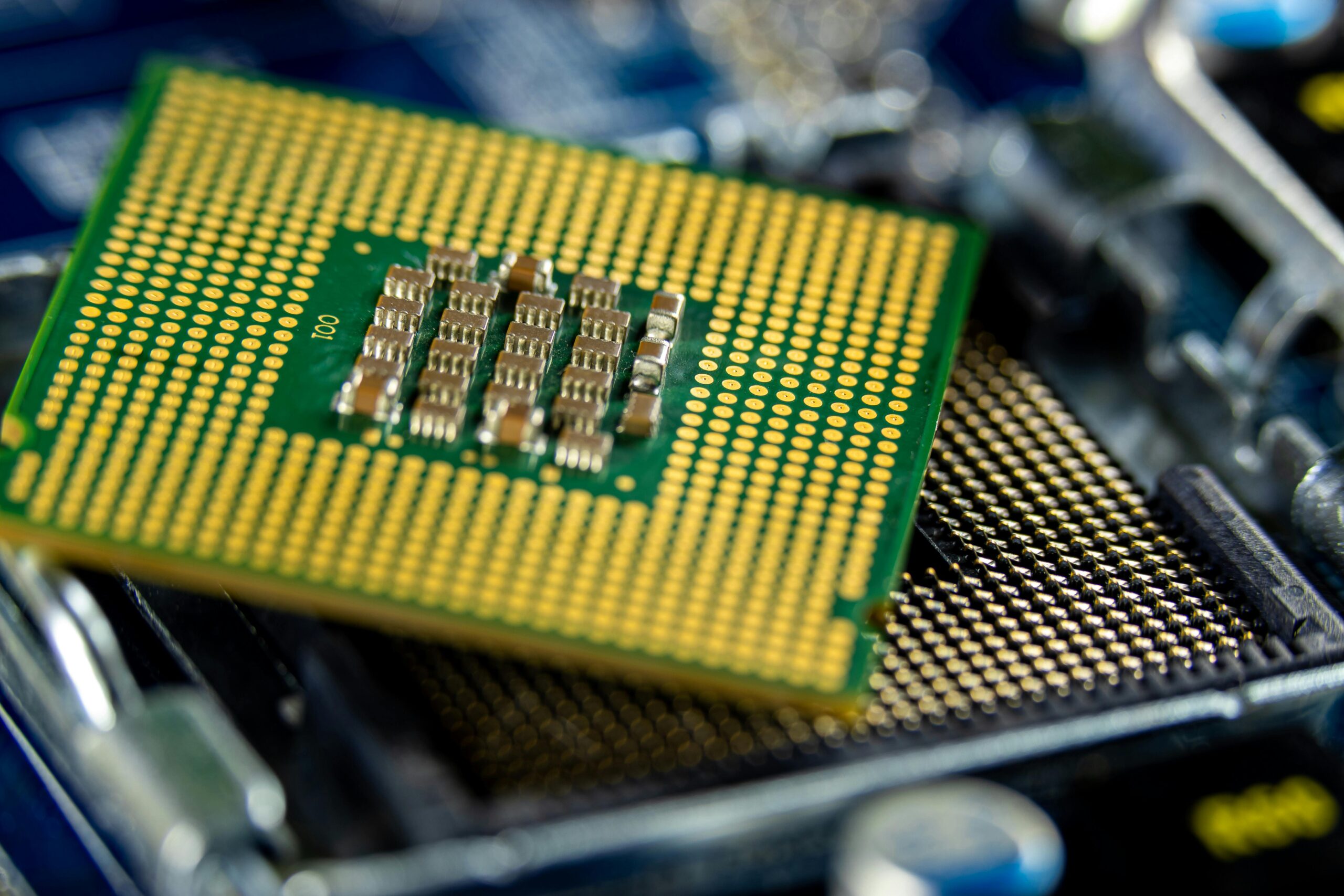Executive summary
- Revenue for Q2 FY2025 was $124.0 million; GAAP gross margin 68.4% and non-GAAP gross margin ~69.3%; non-GAAP EPS $0.24, GAAP EPS $0.02.
- Balance sheet shows low leverage: total liabilities ~ $121.5M and total stockholders’ equity ~$687.0M implying a debt-to-equity well below 0.25.
- Momentum: market cap ~ $9.8B and daily technicals indicate constructive momentum (RSI in the mid-60s, MACD positive, price above 50d/200d moving averages).
- Strategic drivers are rising AI server attach rates, communications & compute end-market recovery, and design-win traction for low-power FPGAs used in edge AI.
- Verdict: is LSCC a buy for edge AI in 2025 – conditional yes for tactical and thematic exposure, contingent on continued hyperscaler spending and stable supply-chain dynamics; valuation and cyclic risk require scenario-based sizing.
Summary fundamentals
- Latest quarter revenue: $124.0 million (Q2 FY2025).
- Latest quarter GAAP EPS: $0.02 diluted; non-GAAP EPS: $0.24.
- Latest quarter GAAP gross margin: 68.4%; non-GAAP gross margin ~69.3%.
- Debt-to-equity: calculated from Q2 balance sheet – total liabilities ~$121.5M and total stockholders’ equity ~$687.0M → D/E ≈ 0.18.
- Market capitalization (current trading): approximately $9.8 billion.
Detailed fundamental analysis
Revenue mix and trends
Lattice’s Q2 results show sequential improvement and pockets of end-market strength. Communications & compute revenue rose sharply, driven by server attach activity; management reported server revenue growth and higher attach rates across hyperscaler racks. The company’s revenue for Q2 was flat year-on-year but up sequentially, indicating stabilization after prior cyclical weakness.
Margin drivers
Lattice’s gross margins remain a strategic advantage for low-power FPGA architectures. GAAP gross margin at 68.4% and non-GAAP near 69.3% provide room for continued R&D investment and operating leverage as revenue scales in comms and compute segments. High gross margins are critical to monetizing higher attach rates without sacrificing profitability.
Balance sheet and cash flow
The company reported cash and marketable security balances and low leverage; liabilities are modest relative to equity, leaving room for share repurchases (program in place) or opportunistic M&A. The Q2 2025 10-Q confirms a $100M repurchase program and cash deployment flexibility.
Valuation multiples
Analyst consensus 12-month price target averages near $65 with upside/downside spread; relative to the market cap of about $9.8B, Lattice commands premium multiple driven by growth and margin profile. Use scenario valuation below for explicit targets.
Momentum & technical snapshot
- RSI(14) mid-60s indicating bullish momentum and room before overbought.
- MACD positive; TradingView technicals report buy/neutral profile with MACD above signal.
- Price vs moving averages: trading above both 50-day and 200-day SMAs, supporting a trend-following case.
- 1-month relative strength vs Nasdaq: Lattice’s relative strength indicators improved materially; institutional data and RS upgrades cited by IBD point to leadership vs peers.
Peer comparison
Direct comparable public peers include AMD (through FPGA/IP and accelerator exposure via acquisitions) and Microchip Technology (diversified embedded semiconductor products). Selected metrics from recent quarters:
- AMD: Q2 FY2025 revenue $7.7B; gross margin ~40% GAAP; EPS $0.54 diluted. AMD is larger, lower gross margin but high AI data center exposure.
- Microchip Technology: FY2025 Q2 net sales approximately $1.08B for Q2 CY2025 with non-GAAP gross margins near the mid-20s to mid-50s range depending on adjustments; Microchip is diversified with embedded controllers rather than pure FPGA focus.
Interpretation: Lattice’s gross margin profile materially outperforms broad peers, reflecting value capture in FPGA product design and pricing for niche, low-power FPGA applications in edge AI. AMD’s scale and Microchip’s revenue diversity present different risk/return tradeoffs.
Latest earnings highlights & management guidance
- Q2 FY2025 revenue $124.0M, non-GAAP EPS $0.24, GAAP EPS $0.02. Management reported sequential improvement in communications and compute, with server attach rates cited as a growth vector.
- Management commentary emphasized record attach rates per hyperscaler rack and improved book-to-bill, while noting Industrial & Automotive end markets remain soft and inventory normalization is ongoing.
- The company reaffirmed focus on product roadmap investments (Nexus and Avant families) and cost discipline, including the ongoing share repurchase program.
Selected verbatim management lines (≤25 words)
- “Attach rates now range from 70 to 130 FPGAs per hyperscaler rack.” – Management Q2 commentary.
Strategic moves, catalysts & risks (from filings and news)
Catalysts
- Hyperscaler AI server deployments and rising FPGA attach rates create a near-term revenue multiplier for Lattice if attach rates and design-win conversions continue.
- Product platform expansion (Nexus, Avant) and partnerships targeting edge AI and communications accelerate TAM capture.
Risks (from 10-Q and 2024 10-K referenced in Q2 filing)
- Trade and export restrictions, geopolitical exposure in Asia, and tariffs could disrupt supply chains or reduce demand.
- Customer concentration and cyclical end markets mean revenue volatility if hyperscaler spending slows.
- Inventory, pricing pressure, or failure to convert design wins into production revenue would harm growth expectations and margin profile.
Valuation & scenario analysis
Assumptions: base case uses modest top-line reacceleration driven by server attach, conservative margins persist, and multiple compression/expansion relative to peers.
- Conservative case: Revenue grows at 8–10% CAGR next 12 months with margin stability; apply 12–14x forward EV/EBIT → implied price target range ~ $40–$55. Rationale: slower hyperscaler conversion, macro slowdown.
- Base case: Revenue growth reaccelerates to mid-teens driven by communications & compute, gross margin ~69%, multiple 16–18x forward EBITDA → implied price target ~ $60–$80. Rationale: continued attach-rate momentum and stable industrial recovery.
- Optimistic case: Rapid hyperscaler ramp and new design wins boost revenue 25%+ YoY; premium multiple 20x+ → implied price target > $80. Rationale: Lattice becomes primary low-power FPGA supplier in certain AI racks.
Valuation note: consensus 12-month analyst target centers near $65; use scenario assumptions to set position sizes and stop levels.
Trading checklist & signals
Momentum trader rules
- Entry: confirm price above 50d SMA and MACD positive crossover or MACD > signal line on daily close. Confirm RSI within 50–68 to avoid overbought extremes.
- Stop: initial stop at 8–12% below entry or below 50d SMA, tighten trailing stop as price confirms new highs.
- Sizing: limit position to 2–4% of portfolio for momentum entries given semiconductor cyclicality.
Longer-term investor checklist
- Confirm sustained quarter-over-quarter revenue growth in comms & compute for two successive quarters.
- Monitor gross margin stability and inventory trends in the industrial verticals.
- Reassess if management reports material customer concentration shifts or trade export restrictions.
Bottom-line synthesis
Lattice Semiconductor is positioned as a thematic edge AI and low-power FPGA beneficiary with above-average gross margins and improving commercial momentum in communications and compute. The Q2 FY2025 results underline server attach-rate traction that can drive above-market growth if hyperscaler demand persists. Investment exposure is appropriate at tactical sizes for traders and thematic investors, with strict risk controls for cyclicality, trade policy risk, and dependence on a limited set of end markets. Use scenario valuation ranges and confirmatory technical signals before scaling positions.




